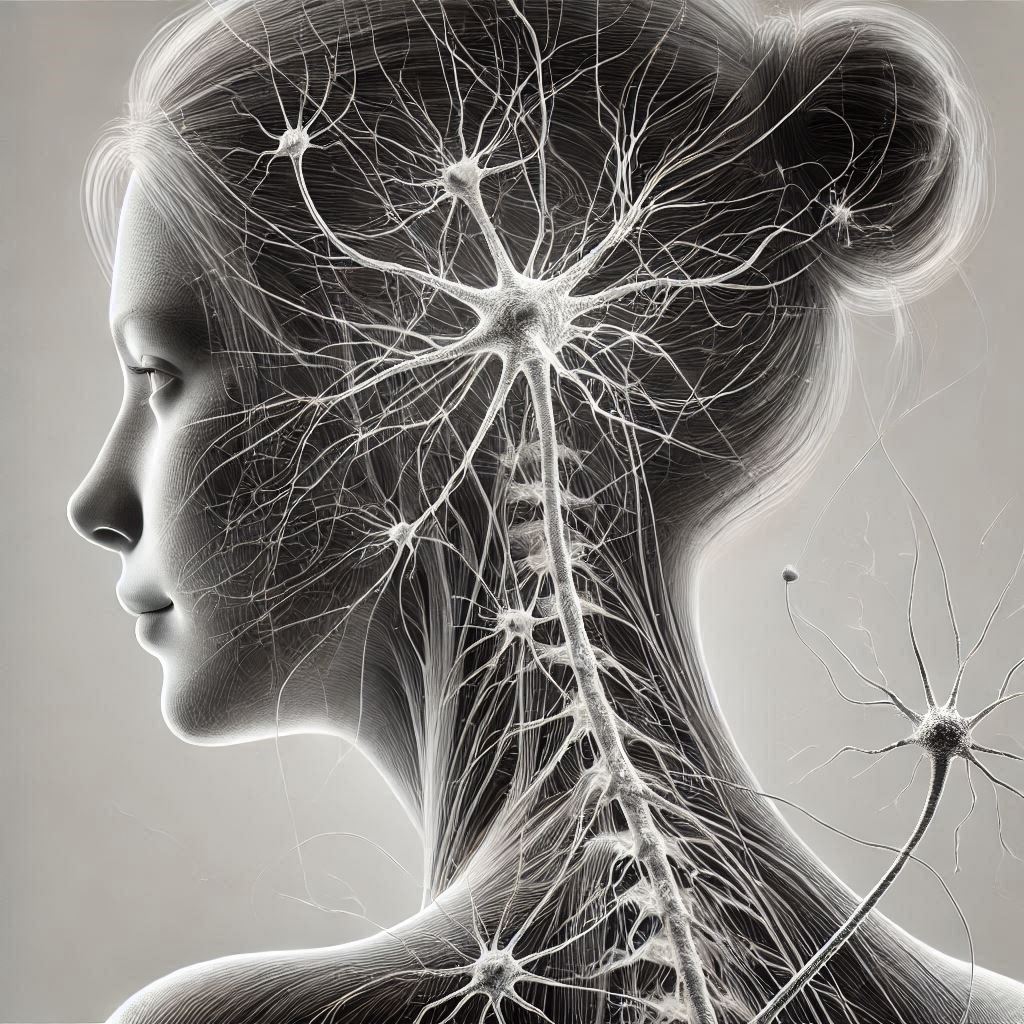Ever felt like the ground beneath you was slipping away, your heart racing uncontrollably, and your breath just wouldn’t steady? If so, you’ve likely experienced a panic attack, a condition that millions face daily, disrupting lives and causing immense stress. Even though this can feel overwhelming, there are effective strategies to prevent and manage these intense episodes. In this post, I’ll share some of the most helpful methods to stop panic attacks before they control your life. From understanding their triggers to learning quick calming techniques, you’ll find actionable advice to regain your calm and move forward confidently.
Understanding Panic Attacks
Panic attacks are intense episodes of fear or anxiety that occur suddenly and reach their peak within minutes. These attacks can be overwhelming and debilitating, affecting both the mind and body.
Symptoms of Panic Attacks
During a panic attack, individuals may experience a combination of the following symptoms:
- Rapid heart rate
- Shortness of breath
- Intense fear or dread
- Sweating
- Trembling or shaking
- Chest pain or discomfort
- Nausea or abdominal distress
- Feeling dizzy, lightheaded, or faint
These symptoms can be distressing and may lead individuals to believe they are experiencing a serious medical emergency. Understanding the common signs of a panic attack can help individuals recognize and manage these episodes effectively.
For more information on symptoms of panic attacks, you can refer to the Mayo Clinic and WebMD.
Triggers of Panic Attacks
Panic attacks can be triggered by various factors, including:
- Stressful situations
- Certain phobias, such as agoraphobia or social phobia
- Traumatic events or past experiences
- Specific triggers unique to individuals, such as public speaking, flying, or crowded spaces
Identifying triggers that precipitate panic attacks is crucial in managing and preventing future episodes. By recognizing and addressing these triggers, individuals can develop coping strategies and seek appropriate support.
To explore more about triggers of panic attacks, you can visit the National Institute of Mental Health and Cleveland Clinic.
Understanding the symptoms and triggers of panic attacks is essential for individuals dealing with these challenging experiences. By gaining insight into these aspects, individuals can take proactive steps towards managing panic attacks and improving their overall well-being.
Seeking Professional Help
When struggling with panic attacks, seeking professional help is a crucial step towards managing and overcoming them effectively. Consulting a healthcare provider or mental health professional is vital for a proper diagnosis and personalized treatment plan tailored to your specific needs.
Counseling and Therapy
Therapy plays a pivotal role in addressing panic attacks. Cognitive-behavioral therapy (CBT) and exposure therapy have shown effectiveness in treating panic attacks. CBT helps in identifying and changing negative thought patterns that contribute to anxiety, while exposure therapy assists in gradually confronting feared situations to diminish panic responses. Therapy not only aids in managing anxiety symptoms but also equips individuals with coping mechanisms for long-term resilience.
Seeking counseling sessions can provide a safe space to express emotions, learn relaxation techniques, and develop strategies to navigate panic-inducing situations. Therapists can offer valuable insights, support, and guidance on effectively managing panic attacks while promoting overall mental well-being.
For additional information on the benefits of therapy for panic attacks, you can refer to resources like GoodTherapy – Therapy for Panic and Panic Attacks and HelpGuide – Therapy for Anxiety Disorders.
Medications for Panic Attacks
In some cases, healthcare providers may prescribe medications to alleviate the symptoms of panic attacks and support treatment efforts. Antidepressants, such as selective serotonin reuptake inhibitors (SSRIs), and anti-anxiety medications, like benzodiazepines, are commonly recommended to manage panic attacks. It’s essential to adhere to the prescribed medication regimen as consistency plays a key role in effectively controlling panic symptoms.
Understanding the different types of medications available for panic attacks is crucial for making informed treatment decisions. Medication adherence, coupled with therapy, can significantly improve the management of panic attacks and enhance the quality of life for individuals dealing with this condition.
If you’re interested in exploring more about medications for panic attacks, you can access detailed information from sources like Mayo Clinic – Panic attacks and panic disorder – Diagnosis and treatment and Verywell Mind – Medications for Treating Panic Disorder.
Remember, consulting with a healthcare professional is the first step towards effectively managing panic attacks and regaining control over your mental health journey.
Self-Help Techniques
When experiencing panic attacks, self-help techniques can be valuable tools to manage symptoms and prevent future episodes. Incorporating practices like deep breathing exercises, mindfulness, and maintaining healthy lifestyle habits can significantly impact anxiety levels. Here are effective strategies to help you cope with panic attacks:
Deep Breathing Exercises
Deep breathing exercises are fundamental in calming the mind and body during a panic attack. By focusing on your breath, you can shift your attention away from anxious thoughts and promote relaxation. Here’s a simple deep breathing exercise you can try:
- Find a comfortable seated position or lie down.
- Place one hand on your chest and the other on your abdomen.
- Inhale deeply through your nose for a count of four, feeling your abdomen rise.
- Hold your breath for a moment.
- Exhale slowly through your mouth for a count of six, feeling your abdomen fall.
- Repeat this cycle several times until you feel more at ease.
For more detailed breathing exercises and their benefits, you can explore resources like Breathing exercises for anxiety or 10 Breathing Exercises for Anxiety Relief.
Mindfulness and Meditation
Practicing mindfulness and meditation can help reduce anxiety levels and prevent panic attacks by fostering a sense of calm and awareness. These techniques encourage being present in the moment and letting go of racing thoughts. Consider integrating mindfulness into your routine through guided meditation apps or classes. Some benefits of mindfulness include stress reduction and improved mental clarity. Explore more about the benefits of mindfulness here and Mindfulness for Your Health.
Healthy Lifestyle Habits
Maintaining a healthy lifestyle plays a crucial role in managing stress and anxiety. Engaging in regular exercise, consuming a balanced diet, and prioritizing sufficient sleep can positively impact your mental well-being. Exercise releases endorphins, which are natural mood lifters, while a nutritious diet and restful sleep support overall health. Embracing these habits can enhance your resilience to stress and reduce the likelihood of panic attacks.
By incorporating these self-help techniques into your daily life, you can empower yourself to handle panic attacks more effectively and cultivate a sense of control over your mental health.
Immediate Strategies During a Panic Attack
When you find yourself in the midst of a panic attack, it’s crucial to have tools at hand to help you navigate through the intensity of the moment. Here are immediate strategies you can employ to manage a panic attack effectively:
Grounding Techniques
One effective way to ground yourself during a panic attack is by focusing on your senses. You can try the 5-4-3-2-1 method where you acknowledge five things you see, four things you feel, three things you hear, two things you smell, and one thing you taste. This sensory grounding technique can help anchor you in the present moment and alleviate overwhelming feelings of panic. For more grounding techniques, consider exploring grounding techniques for panic attacks from Healthline.
Utilizing Relaxation Techniques
Incorporating relaxation techniques can significantly reduce the intensity of a panic attack. Progressive muscle relaxation involves tensing and relaxing different muscle groups in your body, promoting physical and mental relaxation. Another effective method is visualization, where you imagine a peaceful place or scenario to divert your focus from panic to tranquility. These relaxation techniques can aid in calming your mind and body during moments of distress.
By incorporating grounding and relaxation techniques into your coping strategies, you empower yourself with practical tools to navigate through panic attacks with a sense of calm and control. Remember, staying present and focused is key to managing panic attacks effectively.
Long-Term Management and Prevention
When it comes to preventing future panic attacks and maintaining overall mental well-being in the long run, incorporating long-term management techniques is key. Here are some effective strategies for long-term management and prevention:
Stress Management Techniques
Managing stress is essential in reducing the likelihood of experiencing panic attacks. Engaging in stress-reducing activities such as yoga, journaling, hobbies, or mindfulness practices can greatly help in managing stress and anxiety proactively. Regular exercise, healthy eating, and sufficient sleep are also vital components of stress management. According to the Centers for Disease Control and Prevention, simple actions like taking deep breaths, stretching, or meditating can make a significant difference in stress levels.
Creating a Support System
Building a strong support network is crucial for long-term management of panic attacks. Having a support system of understanding friends, family members, or participating in support groups can provide emotional assistance during difficult times. Knowing that you have a safe space to share your feelings and experiences can be immensely comforting. According to WebMD, accepting that there are events beyond your control and being assertive in seeking support are important aspects of creating a solid support system.
By incorporating these stress management techniques and establishing a reliable support network, individuals can better equip themselves to prevent future panic attacks and prioritize their mental well-being in the long term.
Conclusion
Dealing with panic attacks can feel overwhelming, but it’s essential to remember that there are strategies and techniques available to help manage and alleviate the symptoms. By implementing the tips and practices discussed in this article, individuals can work towards finding relief and regaining control over their well-being.
Key Takeaways:
- Deep Breathing Exercises: Taking slow, deep breaths can help calm the mind and body during a panic attack. Focusing on controlled breathing can reduce the intensity of symptoms and promote a sense of relaxation.
- Seeking Professional Support: It is important to seek counseling or therapy to address the root causes of panic attacks and learn coping mechanisms from mental health professionals.
- Medication Options: In some cases, medications prescribed by healthcare providers can help manage the symptoms of panic attacks. It’s crucial to consult a doctor for proper guidance and prescription.
- Mindfulness and Relaxation Techniques: Practices such as mindfulness meditation, yoga, or progressive muscle relaxation can aid in reducing stress and anxiety levels, contributing to better panic attack management.
Encouragement for Action:
Remember, you are not alone in this journey. Seeking help and actively engaging in self-care practices can significantly impact your experience with panic attacks. By taking proactive steps and implementing the strategies discussed, you can work towards a healthier mindset and a more balanced life. Embrace the process with patience and self-compassion, and remember that progress is achievable with dedication and support.
For more information on managing panic attacks, you can explore resources like How to deal with panic and anxiety and Ways to Stop a Panic Attack.
Take the first step towards a calmer, more empowered life by incorporating these strategies into your routine and prioritizing your mental well-being. You have the strength to overcome panic attacks and live a fulfilling, anxiety-free life.








